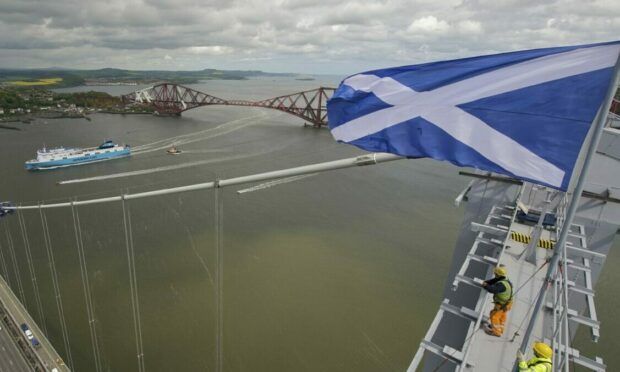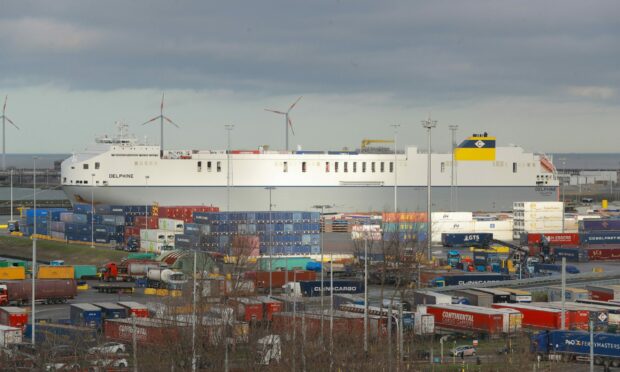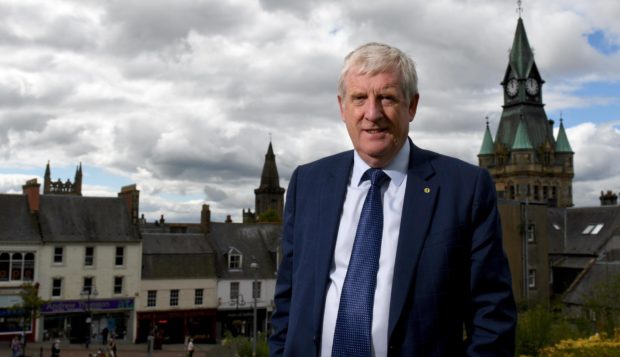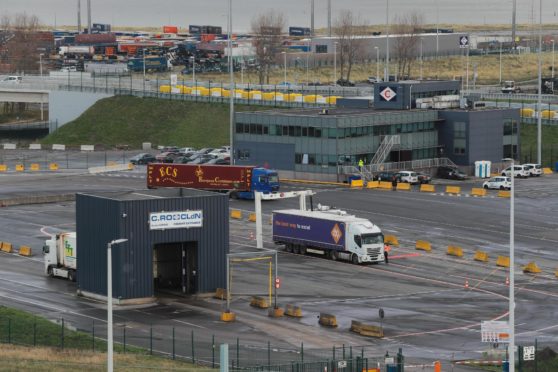A direct ferry link between Rosyth and Europe could open as early as next year following a major breakthrough in talks.
The freight route is expected to run from the port in the Firth of Forth to Zeebrugge on the coast of Belgium.
Discussions involving major carrier DFDS are also being held about a possible passenger service.
We reported late last year how talks had reached a “crucial” stage following “enormous and growing interest” in establishing a trade link post-Brexit.
What happened to old link?
A route from Rosyth to Zeebrugge was the only direct ferry link between Scotland and Europe until freight services were scrapped in 2018.
A passenger service also operated until 2010.
Danish shipping and logistics firm DFDS ran the route but crossings were halted following a fire on board the Finlandia Seaways ship.
Bosses at the company circulated a new “statement of intent”.
It states: “Ptarmigan Shipping and DFDS have signed an agreement with the intention to further investigate the possibility for a new Ferry route between Rosyth and Zeebrugge with a target date being early 2023 for freight.
“This is all subject to the support we can get from the market and stakeholders, which will be our focus during the next few months.
“A further study is being carried out regarding the passenger business.”
Who would operate the route?
The plan involves a new firm operated by Scottish businessman Derek Sloan – the former managing director of Norfolk Line.
It is understood DFDS would operate the route, with Mr Sloan working in a consulting role.
He was previously involved in setting up several links between Ireland and the EU.
A source close to the Rosyth deal said officials are working to identify “substantial” businesses to become potential customer both in Scotland and Belgium.
Dunfermline and West Fife MP Douglas Chapman, who has spent years campaigning for the route to reopen, said the announcement is “the culmination of months and months of work”.
“I am hugely excited by this announcement of further investigating the possibility to start a direct freight service between Rosyth and Zeebrugge in 2023, and that this also includes investigating the possibility for a regular passenger service,” he said.
“Connections have been made with VisitScotland and VisitFlanders, along with a commitment to explore a full range of tourism and passenger opportunities.
“Following Brexit, we have identified many exporters who are keen to use a more direct route into key EU markets and every avenue is being explored to boost trade using this new, cost effective ferry service.”
Re-establishing a link to Europe was also a key election promise of the Scottish Greens, who have since entered a power sharing agreement with the SNP.
The Scottish Government has long maintained that any freight or passenger route to the Continent must operate on a commercial basis.



